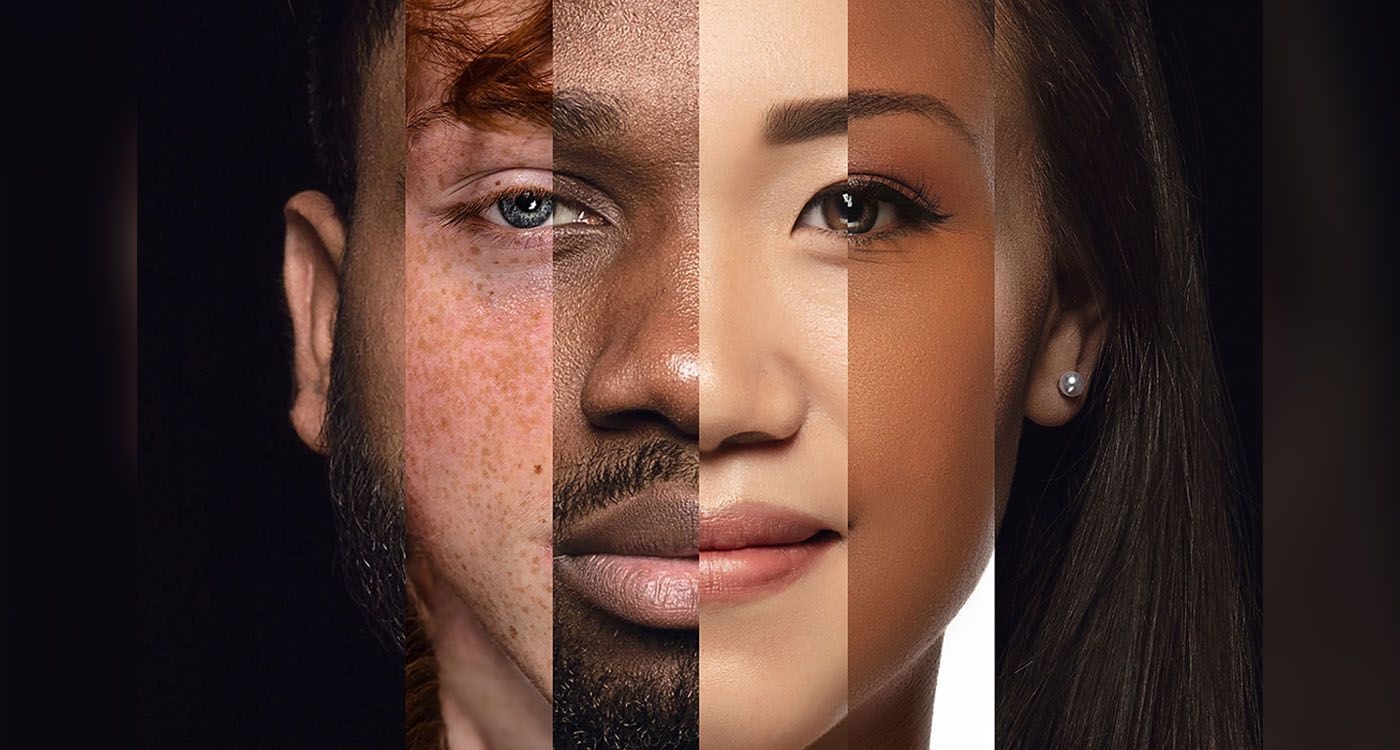
Gender fluidity, non-binarity, trans identity: contemporary identities transcend traditional classifications. Psychoanalysis, true to its ethic of the singular, does not categorize. It attends instead to the unique ways in which each individual gives voice to who they are, beyond the biological.
For centuries, gender identity was regarded as self-evident. To be a man or a woman seemed obvious. Biological sex was expected to dictate one’s role, tastes, gestures, clothing, and even destiny. One was born a girl or a boy, and society vigilantly preserved this division. Early psychoanalysis did not escape this binary logic. Freud himself asserted that anatomy was destiny, and that sexual difference underpinned the very structure of the psyche. Women were defined by lack, men by possession of the phallus. The first theories of sexuality were built upon this opposition.
Yet the limits of such a model soon became apparent. Many individuals did not align with their assigned sex. Some rejected gender codes; others recognized themselves in identities outside the prescribed categories. Clinical practice exposed these uncertainties. Psychoanalysts began to distinguish between biological sex and psychological gender. What one becomes is not determined automatically by the physical sex. There can be a gap, a construction, a narrative.
From this point on, gender could no longer be a mere reflection of the body. It emerged as a space of subjectivation. One does not simply exist as a man or a woman. One becomes it, rejects it, reshapes it, redefines it. This process is both unconscious and psychosocial. It involves childhood identifications, parental figures, fantasies of fusion or separation, images both idealized and feared. Gender is not a mask that can be put on or taken off at will. It is an inner stage, inhabited by multiple, often contradictory roles.
When Lacan asserted that “there is no sexual relation,” he pushed this idea to its limit. He was not denying the meeting of bodies, but pointing out that no language can ever fully capture it. Sex is not a form of knowledge but an enigma. And gender takes shape within that enigma: between who I am, who I believe myself to be, what the other sees in me, and what I wish to desire. It is a symbolic fiction, in the richest sense: an invention that helps us endure, find our place, and tell our story.
Trans, non-binary, and fluid identities put this fiction under renewed scrutiny. Not to dismantle it, but to reveal its complexity. The subject explores possibilities, hesitates, sometimes claims to be neither one nor the other, or both at once. These are not whims or provocations, but sincere and often uneasy ways of expressing an intimate experience of gender frequently marked by traces of suffering and loneliness, but also by moments of discovery and the possibility of existing differently.
In its most open form, psychoanalysis embraces this complexity. It does not force theory onto lived experience, nor does it automatically treat trans identity as a delusion or a symptom. Rather, it regards it as an effort at symbolization, a struggle to weave coherence between body, self-image, desire, and the gaze of others. This is never simple. The trans subject often finds themselves caught between contradictory norms, between social violence and inner restlessness. Yet their voice deserves to be heard as a narrative of selfhood, not dismissed as pathology.
Rejecting binarity does not mean rejecting sexual difference. It means recognizing that it is no longer enough to account for the diversity of lived realities. There are fragile masculinities, powerful femininities, fluid identities, bodies in transition, lives in suspension. Each of these experiences challenges our very conception of the human, not as a fixed essence, but as a dynamic, conflicted, and open process.
Psychoanalysis does not dictate what a man or a woman should be. Its question is different: how has each person, within the fabric of their own history, tried to become one, the other, or something else altogether? It offers no model to follow. Instead, it opens a space where conflicts can be voiced, where identifications can unfold, where impasses can be worked through. It does not promise harmony, but it offers the gift of listening.
What the new figures of gender reveal is not the disappearance of sexual difference but the possibility of living it differently. No longer being assigned, but choosing. No longer conforming, but inventing. Psychoanalysis, true to its ethic of the subject, does not judge this movement. It engages with it. It affirms the fundamental right of each person to seek their own place in language, in the body, in the world.
One is not born a man or a woman. One becomes so. And sometimes one becomes so differently, at the cost of rupture, disobedience, and metamorphosis. This becoming is rarely straightforward. It is strewn with anxieties, obstacles, and renunciations. Yet it may also bring relief, a sense of legitimacy, and a fragile reconciliation between what is felt and what can finally be spoken.
In a world where norms falter and categories dissolve, psychoanalysis does not seek to restore the old order. It listens to what is emerging. It accompanies what seeks expression. It sheds light on what remains unspoken. And at times, it allows a subject to find themselves.
Neither man nor woman? Perhaps. Or perhaps both. Or something else altogether. What matters is not the label one carries but the possibility of speaking from that place, without being reduced, without being excluded. There lies the vocation of psychoanalysis: in the unconditional reception of speech, uncertainty, desire, conflict, and the subject in all their singularity.





Comments